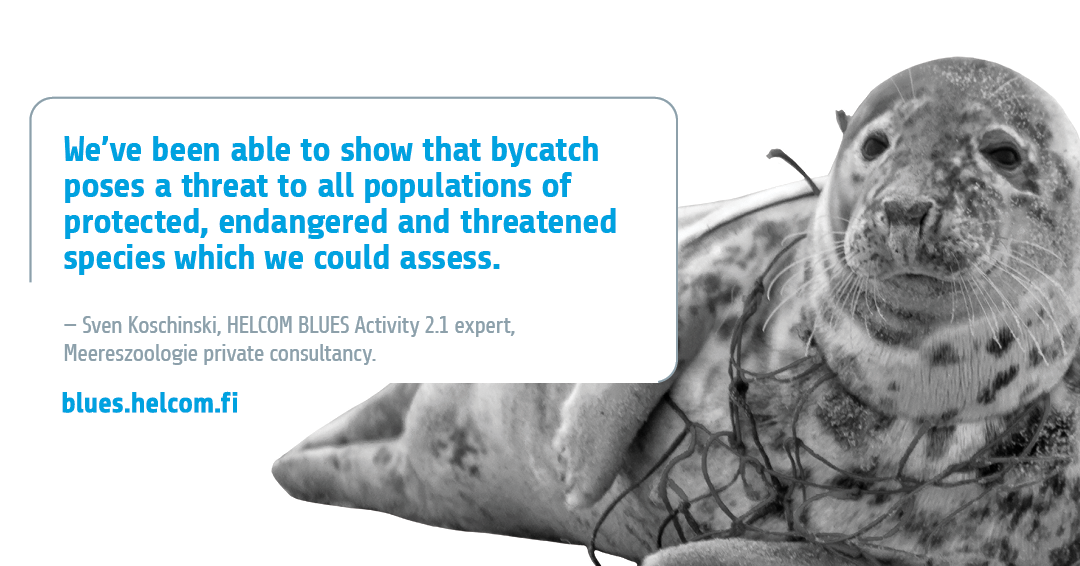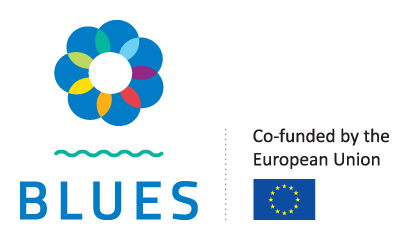
Sven Koschinski is an expert involved in Activity A2.1 on improved regional assessment of biodiversity. He is a marine biologist with a special focus on conservation of marine mammals in general and the Baltic Proper harbour porpoise in particular. At his private consultancy company Meereszoologie he is developing strategies for nature conservation management for example in the frame of the European Strategy Framework Directive or the Natura 2000 network of marine protected areas.
What is your Activity/Task in HELCOM BLUES all about? What main challenges and/or pressures on the Baltic Sea does it try to solve?
Bycatch of marine mammals and waterbirds in fishing gear is a serious pressure on the biodiversity in the Baltic Sea. It mainly occurs in static net fisheries by small vessels which represent the vast majority of the Baltic Sea fishing fleet. This segment is often viewed as selective but it isn’t. We assess the HELCOM Indicator “Number of drowned mammals and waterbirds in fishing gear” based on only little bycatch data available. Current bycatch and fishing effort data collection and reporting do not suit the requirement to assess how big the problem is.
What are the planned outcomes of your specific BLUES Activity/Task?
The few data available required threshold setting methods which are precautionary enough to protect the biodiversity. Population demographic models were specifically developed for assessing if marine mammal bycatch in combination with other anthropogenic mortality such as hunting affects populations. We were able to show that indeed bycatch poses a threat to all populations of protected, endangered and threatened species which we could assess. Bycatch risk maps were developed in order to inform managers where mitigation might be most effective due to the highest bycatch risk. Unfortunately due to the data quality issues outlined before, this was only partly possible. Lacking this information, specifically tailored mitigation measures focusing on high-risk fisheries are not possible which means that some fishers might need to take an unnecessary burden. Improving data would make things much easier.
How will your BLUES Activity/Task benefit your organization in particular and the Baltic Sea in general?
The activity has shown that in our work we will need to focus on better integrating fishery and nature conservation policies with science. All actors need to understand that in the broader frame striving for ecosystem based sustainable fisheries is the only viable path. If necessary fisheries management measures are fully implemented the Baltic Sea ecosystem and fishers will benefit alike. Only a functioning ecosystem can provide long-term revenue. It will be quite an effort, but it will be worth it if all stakeholders move forward together.
